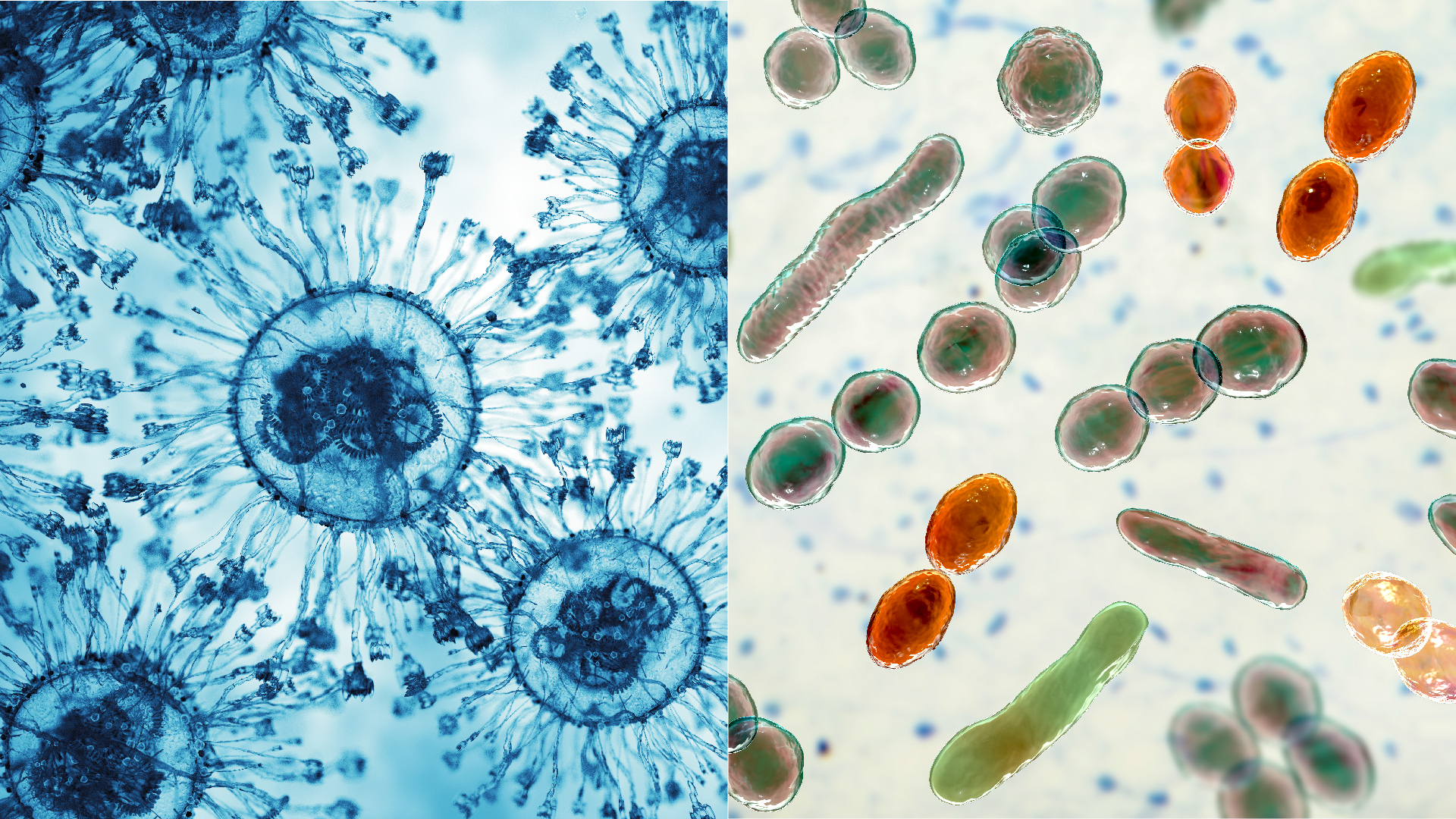Polymers, Vol. 16, Pages 2922: Sustainable Composites from Waste Polypropylene Added with Thermoset Composite Waste or Recovered Carbon Fibres
Polymers doi: 10.3390/polym16202922
Authors: Ehsan Zolfaghari Giulia Infurna Sabina Alessi Clelia Dispenza Nadka Tz. Dintcheva
In order to limit the ever-increasing consumption of new resources for material formulations, regulations and legislation require us to move from a linear to a circular economy and to find efficient ways to recycle, reuse and recover materials. Taking into account the principles of material circularity and waste reuse, this research study aims to produce thermoplastic composites using two types of industrial waste from neighbouring companies, namely waste polypropylene (wPP) from household production and carbon-fibre-reinforced epoxy composite scrap from a pultrusion company. The industrial scrap of the carbon-fibre-reinforced epoxy composites was either machined/ground to powder (pCFRC) and used directly as a reinforcement agent or subjected to a chemical digestion process to recover the carbon fibres (rCFs). Both pCFRC and rCF, at different weight ratios, were melt-blended with wPP. Prior to melt blending, both pCFRC and rCF were analysed for morphology by scanning electron microscopy (SEM). The pCFRC powder contains epoxy resin fragments with spherical to ellipsoidal shape and carbon fibre fragments. The rCFs are clean from the matrix, but they are slightly thicker and corrugated after the matrix digestion. Further, the morphologies of wPP/pCFRC and wPP/rCF were also investigated by SEM, while the thermal behaviour, i.e., transitions and changes in crystallinity, and thermal resistance were evaluated by differential scanning calorimetry (DSC) and thermogravimetric analysis (TGA), respectively. The strength of the interaction between the filler (i.e., pCFRC or rCF) and the wPP matrix and the processability of these composites were assessed by rheological studies. Finally, the mechanical properties of the systems were characterised by tensile tests, and as found, both pCFRC and rCF exert reinforcement effects, although better results were obtained using rCF. The wPP/pCFRC results are more heterogeneous than those of the wPP/rCF due to the presence of epoxy and carbon fibre fragments, and this heterogeneity could be considered responsible for the mechanical behaviour. Further, the presence of both pCFRC and rCF leads to a restriction of polymer chain mobility, which leads to an overall reduction in ductility. All the results obtained suggest that both pCFRC and rCF are good candidates as reinforcing fillers for wPP and that these complex systems could potentially be processed by injection or compression moulding.

 10 hours ago
13
10 hours ago
13


